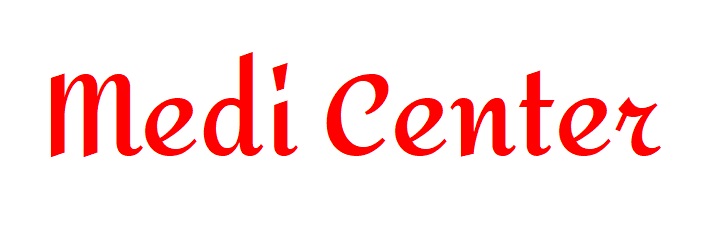9 Essential Tips to Shield Healthcare Institutions from Cyber Attacks
The Rising Threats in Healthcare Cybersecurity

9 Essential Tips to Shield Healthcare Institutions from Cyber Attacks
The rapid digital transformation across industries has brought about significant changes, with the healthcare sector at the forefront. Unfortunately, this evolution has made healthcare institutions a prime target for cybercriminals, who aim to exploit sensitive patient data, medical histories, and financial information. The sector's limited cybersecurity budgets and complex IT infrastructures leave it vulnerable, posing risks to patient privacy, financial stability, and institutional reputation.
Yusuf Evmez, WatchGuard’s Country Manager for Turkey and Greece, emphasizes the urgency of enhancing security measures to protect healthcare institutions from cyber threats. He shares proactive steps to bolster the sector’s defenses.
The Rising Threats in Healthcare Cybersecurity
The healthcare sector has become a top target for cybercriminals, particularly in the last two years. Cyber attackers exploit vulnerabilities such as poorly secured online appointment systems and outdated hospital IT infrastructures. Common threats include:
- Ransomware: Paralyzing entire healthcare systems.
- Phishing scams: Deceptive tactics to steal sensitive data.
- Data breaches: Compromising confidential patient information.
Proactive strategies, such as endpoint protection and robust damage control plans, are essential for healthcare providers to maintain trust, comply with regulations, and safeguard patient data.
9 Tips for Strengthening Cybersecurity in Healthcare
-
Enhance Employee Training and Awareness
Healthcare institutions must prioritize ongoing cybersecurity education for all employees. Regular workshops and seminars help staff identify phishing attacks, social engineering tactics, and other threats, serving as the first line of defense. -
Implement Strong Access Controls
Limit access to sensitive information strictly to those whose roles require it. Role-Based Access Control (RBAC) ensures that employees only access data relevant to their job, reducing risks significantly. -
Prioritize Data Encryption
Encrypt sensitive patient data both in transit and at rest. Even if unauthorized access occurs, encrypted data remains unreadable. -
Keep All Devices Updated
Outdated operating systems and antivirus software are prime targets for hackers. Regular updates and advanced endpoint detection and response (EDR) solutions provide robust prevention and protection. -
Secure Medical Devices
With the increased use of connected medical devices, ensuring their security is paramount. Regularly evaluate and update their security features and separate them from the primary network to mitigate risks. -
Back Up Data Regularly
Frequent backups of critical data protect against ransomware and other data loss events. Ensure backups are securely stored and recovery processes are routinely tested. -
Adopt Multi-Factor Authentication (MFA)
MFA adds an extra layer of security by requiring multiple verification forms before granting access to sensitive systems, significantly reducing unauthorized access risks. -
Monitor Vendor Risk Management
Evaluate the cybersecurity practices of third-party vendors with access to sensitive data. Ensure they comply with strict security standards and maintain regular communication on security measures. -
Educate Patients on Cybersecurity
Encourage patients to protect their personal information by using secure communication channels and remaining vigilant about sharing sensitive data. This shared responsibility strengthens overall cybersecurity.
A Call to Action for the Healthcare Sector
“The healthcare industry cannot afford to delay adopting robust cybersecurity measures,” warns Yusuf Evmez. By implementing best practices, healthcare providers can secure patient data, ensure regulatory compliance, and maintain public trust. As the reliance on digital systems grows, a proactive approach to cybersecurity is no longer optional but essential.
Keywords: healthcare cybersecurity, protecting patient data, ransomware in healthcare, phishing prevention, data encryption, multi-factor authentication, medical device security, healthcare IT infrastructure, endpoint protection, WatchGuard strategies.











